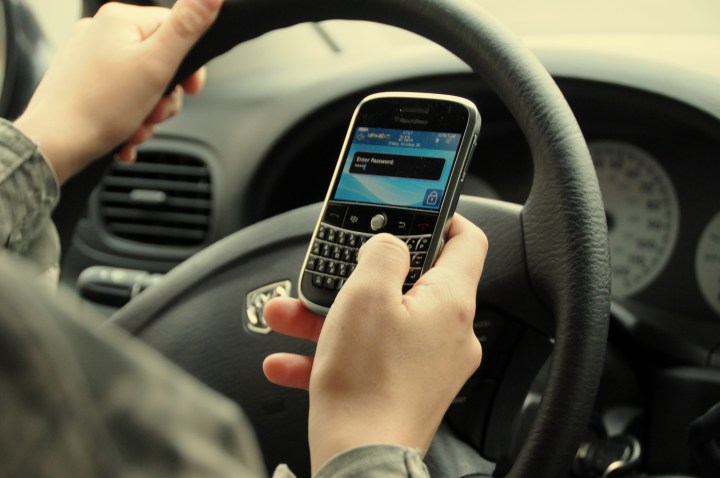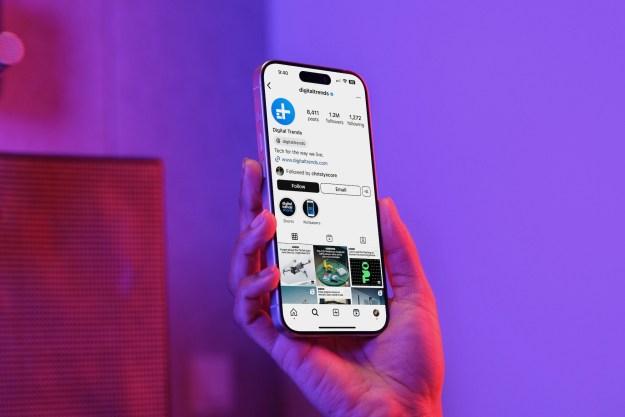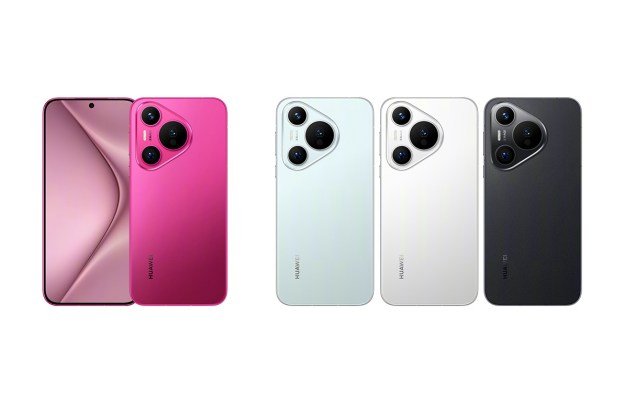
The National Highway Traffic Safety Administration, more simply known as the NHTSA, has started spreading its message on a much more personal level — by directly tweeting people who openly admit, sometimes joyfully, that they text and drive.
Take a quick look at the NHTSA Twitter feed, and you’ll see a pretty constant stream of tweets aimed straight at individuals who have talked about texting and driving online.
Um, agreed @Domie_D23. Please realize you're putting yourself and others in danger, and a silly text isn't worth it. #justdrive
— NHTSA (@NHTSAgov) April 22, 2016
Doing anything behind the wheel other than driving is the worst, @hillaryyfae. For everyone's sake, we'd advise not doing either. #justdrive
— NHTSA (@NHTSAgov) April 22, 2016
Glad you're ok, @kaattttyyyy. Hopefully this is the only lesson you'll need. Keep the phone down and #justdrive
— NHTSA (@NHTSAgov) April 22, 2016
Of course, the NHTSA is right. Distracted driving of any kind is a big no-no, whether it be texting and driving, or as one of the tweets suggested, reading the newspaper and driving. According to the organization, 10 percent of drivers between the ages of 15 and 19 involved in fatal accidents were using their phone when they crashed in 2014. Thirty percent of drivers in their 20s who are involved in a fatal crash say they were using their phones before the crash. The campaign is actually pretty ingenious, even if it means publicly shaming people one person at a time.
Automakers and tech companies alike have started looking for ways to reduce distracted driving. Apple, for example, has created CarPlay, an in-car infotainment system that integrates with the user’s smartphone for things like navigation and music. The system relies on an in-car display, but also makes heavy use of voice recognition, so you generally don’t have to look at the screen, and when you do it’s only for a short amount of time.
Still, while most people don’t yet have access to systems like CarPlay, that’s not an excuse to text or otherwise use your phone while you’re driving. Maybe one day when self-driving cars take over you’ll finally be able to text and drive, but for now the risk is not worth it.
Editors' Recommendations
- Amazon Music now has a car mode, but don’t use it while driving
- New Apple self-driving car patent could turn Siri into your personal chauffeur

